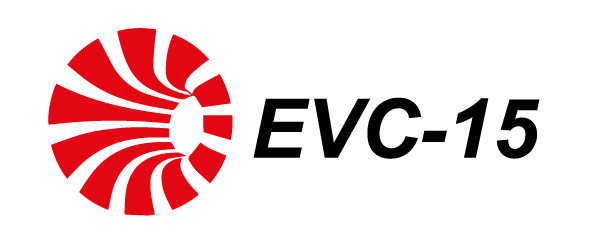Speaker
Description
The bottom-up fabrication strategy [1] has introduced the possibility to grow carbon nanostructures with atomic precision and hence allows to controllably tune their electronic properties. The approach building on the predefined colligation and dehydrogenation of specifically designed precursor monomers has been successfully applied for the synthesis of various types of graphene nanoribbons (GNRs), including armchair GNRs with width-controlled electronic band gaps [2-5] as well as zigzag GNRs with their characteristic edge states [6]. Here, I will review the basic mechanisms of the bottom-up fabrication of GNRs and describe recent advances in the fabrication of prototypical devices with GNRs as active material [7]. An even wider range of properties can be accessed by creating GNR heterostructures where segments of different width and hence bandgaps are seamlessly stacked along the GNR axis. We have recently shown that highly tunable intraribbon quantum dots can be fabricated on the basis of seven atom wide (N=7) armchair GNRs [8]. By controlled overheating of the pristine 7-AGNRs, segments of multiple widths can be achieved through edge fusion, which results in low-bandgap segments embedded in the large bandgap 7-AGNR. Most importantly, the interfaces between the segments are atomically defined and give rise to characteristic interface states. The energy splitting of these interface states has a different dependence on the quantum dot length, as compared to the confined quantum dot states, which introduces an additional degree of freedom for controlling the electronic structure of the GNR quantum dot. Finally, concepts for the synthesis of GNR heterostructures exhibiting such localised states at predefined positions will be discussed in view of further extending the range of electronic properties of GNRs.
References:
[1] J. Cai et al., Nature 466, 470 (2010).
[2] P. Ruffieux, et al., ACS Nano 6, 6930 (2012).
[3] Y.-C. Chen, et al., ACS Nano 7, 6123 (2013).
[4] A. Kimouche, et al., Nature Communications 6, 10177 (2015).
[5] L. Talirz, P. Ruffieux, and R. Fasel, Adv Mater Weinheim 28, 6222 (2016).
[6] P. Ruffieux, et al., Nature 531, 489 (2016).
[7] J. P. Llinas, et al., Nature Communications 8, 633 (2017).
[8] S. Wang, et al., Nano Lett 17, 4277 (2017).
